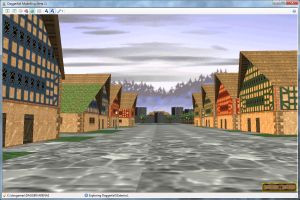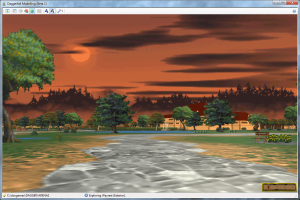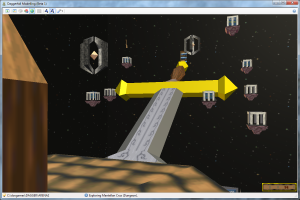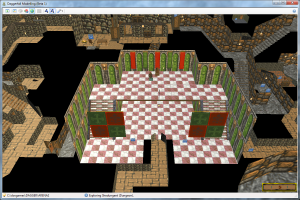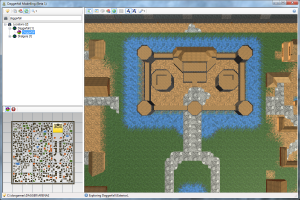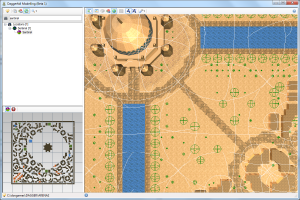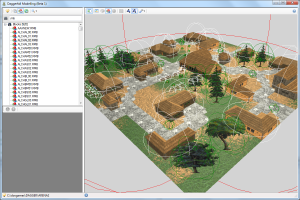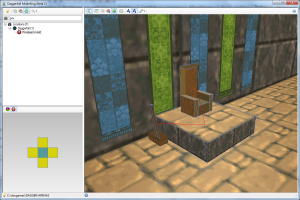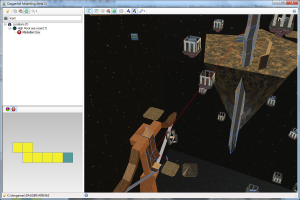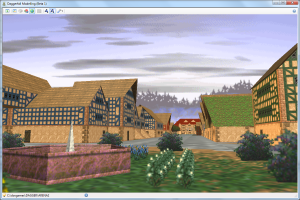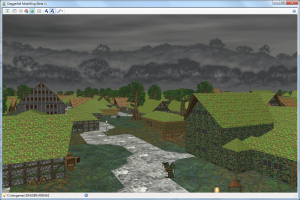I’ve received a few emails from programmers trying to build Daggerfall Modelling from source and experiencing problems. The reason for their frustrations is that Daggerfall Modelling is built as a VS2008/XNA3.1 project. This means it will only build with Visual Studio (Express) 2008 with XNA Game Studio 3.1 installed. Attempting to build with VS2010/XNA4.0 will fail due to breaking changes in the latest version of XNA.
I also get the occasional email from Windows XP users with an older version of the .NET Framework 2.0 (pre-SP2) that experience a crash when opening a dungeon. This problem is caused by a bug in the .NET Framework 2.0 that was resolved in Service Pack 2, and can be fixed by upgrading/patching .NET.
The reason I stuck to older versions was to ensure my tools remained accessible to more people. On the flip side, not everyone wants to install an older version of Visual Studio and XNA just to compile my code. I’m also running the risk that Windows XP users will come across that crash without having read my getting started page for Daggerfall Modelling.
After serious thought, I have decided to make some changes to my source code:
- Solution format upgraded to Visual Studio 2010 / Visual C# 2010 Express.
- Daggerfall Modelling and XNALibrary will be refactored for XNA Game Studio 4.0.
The DaggerfallConnect class library and Daggerfall Imaging 2 will remain based on .NET 2.0 for now, but I might bring these forward at a later date.
The SVN will be updated in the next few days with these changes. The next release of Daggerfall Modelling (Beta 2) will require the latest versions of .NET and XNA Frameworks to run.
